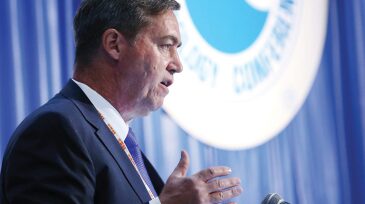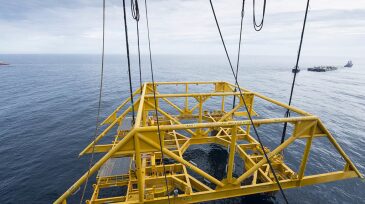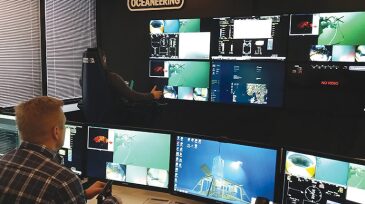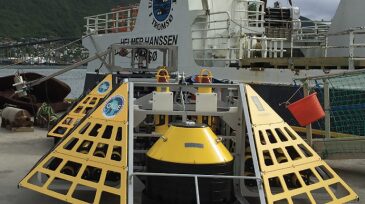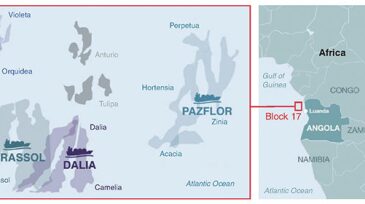Offshore/subsea systems
Plans call for license partner Aker BP to serve as operator during the development phase, with operatorship reverting to DNO after first oil in 2028.
In lifting force majeure, TotalEnergies says it will restart construction on its Mozambique LNG project as soon as the government agrees to a revised budget and schedule that targets shipping first product in 2029.
Thailand’s PTTEP is partnering with subsea joint venture SLB OneSubsea to expand capacity across two fields offshore Malaysia.
-
As it has since 1969, the world came to OTC to make critical decisions, share ideas, and develop business partnerships to meet global energy demands.
-
A closer look at the design and construction of Statoil’s subsea gas compression systems in the Åsgard and Gullfaks fields, the first of their kind in the oil and gas industry.
-
A new method for accessing and cementing hard-to-reach spaces around complex offshore wells.
-
Operators for remotely operated vehicles will be getting more remote in the future as land-based control begins to become a reality.
-
Anyone selling something new for offshore exploration and production has to be able to answer a simple question from customers, “How can we save some money?” For Norwegian oil companies, change is coming in many forms: steel, sensors, software, and standards.
-
The need to economically invest in offshore exploration and production has inspired a wide range of innovations in Norway to drastically reduce costs, which can lead to changes in offshore operations around the world.
-
The BC-10 asset, located in deep water offshore Brazil, produces heavy oil in the range of 16 to 24 °API. In this article, two examples of production optimization for this field will be provided (further examples are available in the complete paper).
-
This paper describes the CLOV deepwater megaproject in Block 17 offshore Angola, which cost USD 8.4 billion to first oil.
-
Moving to higher-capacity wellhead systems for high-pressure and high-temperature (HP/HT) environments will require a larger mandrel and conductor-casing size.
-
A RPSEA project identified the gaps in technology that are the most pressing for multiphase-flow measurement.




